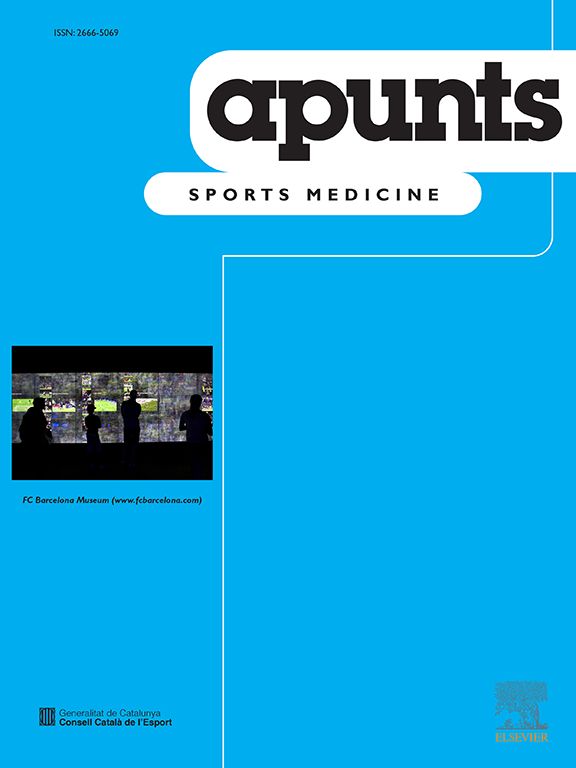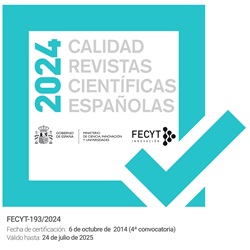Introduction: The purpose of the study was to conduct two field tests with physical education students to estimate the maximum aerobic speed. These were: Field Test of the University of Montreal (UMTT) and Field Test at the National University of Catamarca (UNCa), which were used in order to compare the speeds, distances, and accumulated time.
Material and methods: A total of 25 male subjects were chosen at random, and the UMTT and UNCa tests were measured. Measurements were carried out in 2 sessions. In the first, basic anthropometric measures were made and one of the aerobic tests were aleatory performed. The second time, the second field test was evaluated. The differences and relationships between the velocities and other quantitative characteristics of both tests were analysed using the t test for related samples and Pearson correlation coefficient, respectively.
Results: The results showed that the speeds achieved in the UMTT were significantly lower than those obtained in the UNCa: 13.5 ± 1.4 km·h−1 vs 14.8 ± 1.3 km·h−1 (r = 0.80). The distances achieved in the UMTT were significantly higher than those obtained in the UNCa test: 2243.2 ± 675.2 vs 1810.4 ± 343.7 m (r = 0.81). The accumulated UMTT times were significantly higher than those obtained in the UNCa test: 12.0 ± 2.7 vs 2.7 min 9.8 ± 1.3 min (r = 0.80). Conclusion: The male subjects reached speeds significantly higher in the UNCa test compared to UMTT, using less time and distance.
© 2015 Consell Català de l’Esport. Generalitat de Catalunya. Published by Elsevier España, S.L.U. All rights reserved.
The Impact Factor measures the average number of citations received in a particular year by papers published in the journal during the two preceding years.
© Clarivate Analytics, Journal Citation Reports 2025
SRJ is a prestige metric based on the idea that not all citations are the same. SJR uses a similar algorithm as the Google page rank; it provides a quantitative and qualitative measure of the journal's impact.
See moreSNIP measures contextual citation impact by wighting citations based on the total number of citations in a subject field.
See more




